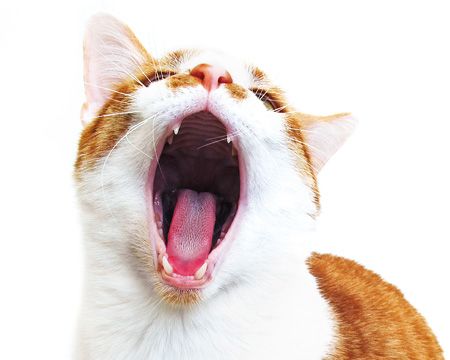Feline stomatitis: Get all the gunk
Leaving behind any rough edges or diseased tissue when removing teeth from cats with this painful condition is a big no-no, says Dr. Heidi Lobprise.

Before you close, did you get everything? (Getty Images)In her recent CVC-now Fetch-presentation “Feline dental support group: How many ways can cats get rid of teeth?” (Who can relate to that exasperation?), Heidi Lobprise, DVM, DAVDC, pored over the particulars of stomatitis, tooth resorption and more.
One point Dr. Lobprise really wanted to drive home about stomatitis was the importance of complete resection of the diseased tissue and bone when extracting teeth. Clients might bristle at the thought of removing all of the caudal teeth, but Dr. Lobprise says this intervention can provide most suffering kitties significant relief and a pretty quick return to function-IF done correctly.
How to do so correctly? Dr. Lobprise says to use these steps:
Work quadrant by quadrant to fully elevate the buccal gingiva and mucosa to see the teeth, furcations and alveolar bone. She recommends a #699 taper fissure crosscut bur to section the teeth and remove alveolar bone.
Use a thin, flat elevator or luxator followed by small and sharp winged elevators to loosen the segments of tooth.
Use small-breed extraction forceps to gently elevate and remove the entire tooth root.
Elevate the lingual and palatal mucosa away from the alveolar ridge.
Key point: Perform a fairly aggressive alveoplasty, being sure to remove all rough bone edges and débride down to healthy bone. Débride the alveoli too. A diamond bur can provide a smoother final finish.
Use 5-0 monofilament suture with a tapered needle in a simple interrupted or interrupted cruciate pattern to close the extraction sites. (Dr. Lobprise says that, yes, a continuous pattern would leave fewer knots but that any knot failure would be problematic.)
Result: a now pain-free cat ready to chow down on that tasty canned food (after sufficient postsurgical healing, of course).